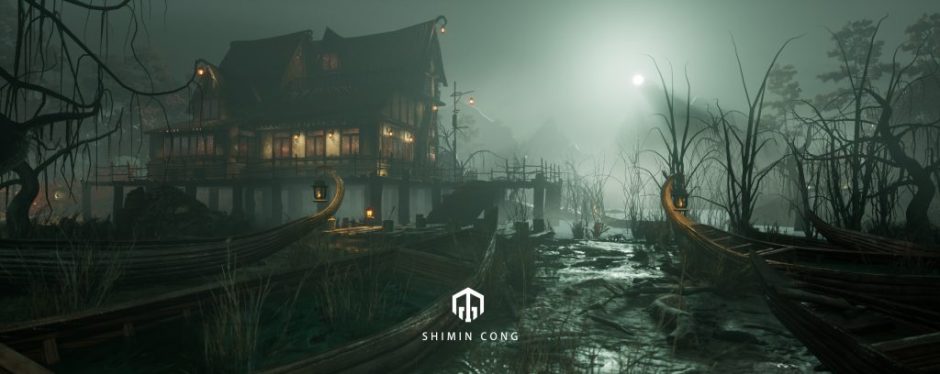Part 1 — Fox and Tail
In this exercise, I used squash and stretch, timing, arcs, overlapping and follow-through action, anticipation, Slow in and slow out in the animation rules
Before animating, a good action reference is crucial.

Through this picture, we can clearly get the trajectory of the tail when the ball jumps.
Animating


First, do the head movement of the fox first, and adjust the movement path of the ball in the Graphic editor. This process is very similar to the Bouncing ball practiced last week. But the movement of the latter is completely passive. In this process, the timing, arcs, slow in and slow out of the main motion animation laws. At this stage, it is mainly to control the rhythm of the movement.
Then, add squash and stretch to the little fox to make the movement more vivid.

Finally, adding the tail movement, this process is the hardest part. After watching a lot of references and the quality of Jia’ao city, I concluded that the trajectory of the tail is a figure of eight, and the farther away the body is, the trajectory of the head is slower. The biggest difficulty in this process is the connection between the two bounces, and the actions of this process are not among the references.
In short, in this process, I gradually realized that the Bouncing ball made in the first place is very important. Although simple, it is still very difficult to make good use of it. It is the foundation of all complex animations. Once the foundation has problems , There will be problems in the subsequent actions. A wrong step means that everything is wrong.
Part 2— Walk Cycle
In this exercise, I used the timing, arcs, slow in and slow out, pose to pose in the animation rules.
Through the course, I learned that making a complete Walk Cycle is mainly divided into four stages: Previs, Blocking, Spline and Polish. This exercise involves previs and blocking.
Previs is the abbreviation of previsualization, called visual preview. The main role is to observe the approximate time and rhythm of the action. Similar to a dynamic storyboard.
Blocking is an important step for animators to design action poses and add key frames according to the layout.
Similarly, before starting the exercise, find a good reference for the action, as shown in the picture.

With reference to this action, I adjusted the action at frames 0, 3, 6, 9, 12, 15, 18, 21, and 24 respectively, as shown in the picture, viewing horizontally

After Key finishes the key frame, we also need to block the curve in the graphic, as shown in the figure.

For this, I got a looping video of walking:
At this time, I increased the lateral displacement on the main joystick. In the process, I had a question, and I hope it can be resolved in the next class. My problem is that after the character who walks in a loop is displaced, the feet cannot grasp the ground smoothly. My solution is to first adjust the character’s movements in place, and finally adjust the overall displacement, by adjusting the curve in the Grphic editor to achieve smooth walking. I want to know how to solve this problem in the process of commercial production of animation.
The video is as follows:
Extra work
This week I learned about the Unreal 4 texture system. Including transparent materials, SSS materials, ice, magma, water, crystal and basic materials, and made tests of different materials.

Base materia


This week is mainly for exercises on material nodes. The figure shows the node details of the basic material. Using this as a basis, we can replace different texture maps.

This picture shows that after creating the material node, we can customize the material by adjusting the parameters on the right.
crystal

Ice

Lava

SSS

Fresnel

Mask

Water

Each of the above materials has different node details. I searched for resources on the Internet, and I made each different material as my own material resource. In future projects, I may use Unreal 4 because it has a powerful real-time rendering system and physics engine to improve the quality of the picture on the basis of saving rendering time. I will apply these basic material nodes to create personalized materials that I like to make the project look more complete.
